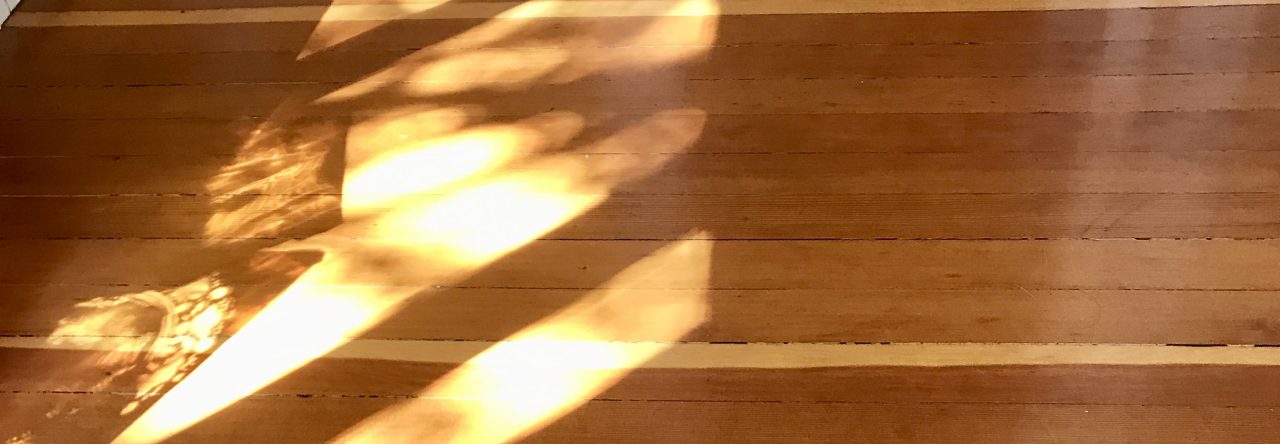I have started to take notes on how teachers in the classroom are using current events. So far, these have looked like:
- Use of the stories of fires it the Amazon rainforest as a launching point for the reading and answering of questions on an article that discussed the issues of resources in the Amazon. The teacher also took the opportunity to introduce some terms from physical geography, like basin.
- Looking at Bill 21 in Quebec which bans religious symbols for public sector workers. The students were asked to listen a podcast as well as to review a Global News article on the issue. Using this current event, the teacher was able to get at what are the legal issues of the case? What is the Bill about? What is the media saying about it? what are some outstanding questions that the students would like better answered? What are some questions for class discussion? In addition, constitutional issues were raised as part of this current event. The teacher indicated that by being exposed to constitutional issues now through a current event, it will assist when they look at constitutional issues in a more linear fashion later on. This made me think of a colleague who had been mentioning that they were learning about a mentor’s theory of teaching practice called EDO – explore, discuss, observe (I think that is what it stands for). The idea behind it is that it is better to get the kids to explore, discuss and then teach about a subject rather than the reverse (which is usually more traditional). This method was explained in the context of science, but I am intrigued by its potential merit for social studies.
- The final example that I saw recently was the use of the federal election and the planning of an all-candidates debate and student vote to explore questions and information like historical voting patterns in Victoria, who should be able to participate in debates and why? How do people vote usually, i.e. for the candidate? or for the party?
Of all the examples that I have seen so far, the class that was most engaged was the one discussing the federal election. I wonder if this is because there was a real decision at stake for the class, i.e. who would they be inviting to participate in their all-candidates meeting being organized at their school. This made me think, maybe using current events in a classroom to help with relevance and engagement is a good start, but maybe even more compelling is activities that have real implications for them.
